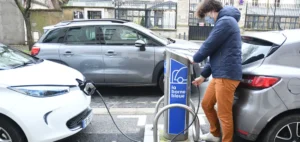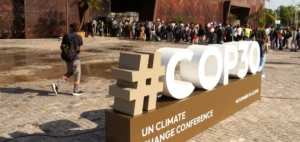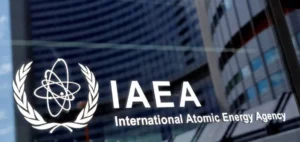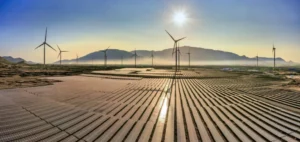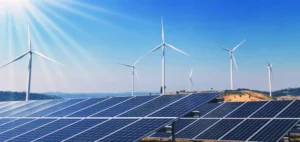The Environmental Defense Fund (EDF) publishes an aerial survey showing that oil and gas basins in the USA emit around four times more methane than federal regulators had estimated. EDF, in collaboration with Alphabet Inc, BAE Systems and the New Zealand Space Agency, is using a spectrometer-equipped aircraft to measure methane emissions in 12 oil and gas basins in 2023. The initiative, named MethaneAIR, involves 32 flights between June and October 2023, revealing an average emissions rate of 7.5 million metric tons per year. These figures are significantly higher than Environmental Protection Agency (EPA)which is mainly based on industry reports.
Worrying results
Researchers and environmentalists are increasingly concerned about this underestimation of methane emissions, a particularly potent greenhouse gas.
The MethaneAIR data mark a significant step forward in terms of measurement accuracy and herald what MethaneSAT, a recently launched satellite, could bring.
MethaneSAT, which will monitor emissions continuously from space, promises even more precise estimates, with first data expected this autumn.
Impact and regulation of methane emissions
Methane, with a far greater warming potential than carbon dioxide, can escape undetected from drilling sites, pipelines and other oil and gas infrastructure.
Faced with this situation, the United States has introduced rules to target large-scale methane leaks, and will introduce a tax on operators who fail to meet these targets.
The European Union has also approved methane emission limits on oil and gas imports from 2030, putting pressure on international suppliers, including those in the USA, to reduce leakage.
Climate targets and challenges
MethaneAIR data show that the observed emissions rate is eight times higher than the target adopted by 50 companies at the COP28 summit in Dubai, aimed at limiting methane emissions intensity to 0.2% by 2030.
This disparity underscores the major challenge we face in meeting the climate targets set by companies and regulators.
This study highlights the urgent need to step up measures to control and reduce methane emissions.
It calls for greater international collaboration to meet this major environmental challenge, while highlighting the technological advances and regulatory initiatives needed to reduce the oil and gas industry’s climate impact.







